Context
The genus Pneumocystis designates opportunistic extracellular fungal species infecting a wide range of mammals, including humans. In immunocompromised patients, the airborne-transmitted Pneumocystis jirovecii (human-derived Pneumocystis) is responsible for a sever interstitial alveolar lung disease, Pneumocystis pneumonia (PcP), which is fatal without specific treatment. Most of knowledge of the pathogenesis and transmission of Pneumocystis is gained from experimental animals models [1].
To better understand the diffusion of Pneumocystis in the environment, airborne shedding of Pneumocystis carinii in the surrounding air of experimentally infected rats was quantified by means of a real-time polymerase chain reaction assay, in parallel with the kinetics of P. carinii loads in their lungs [1].

